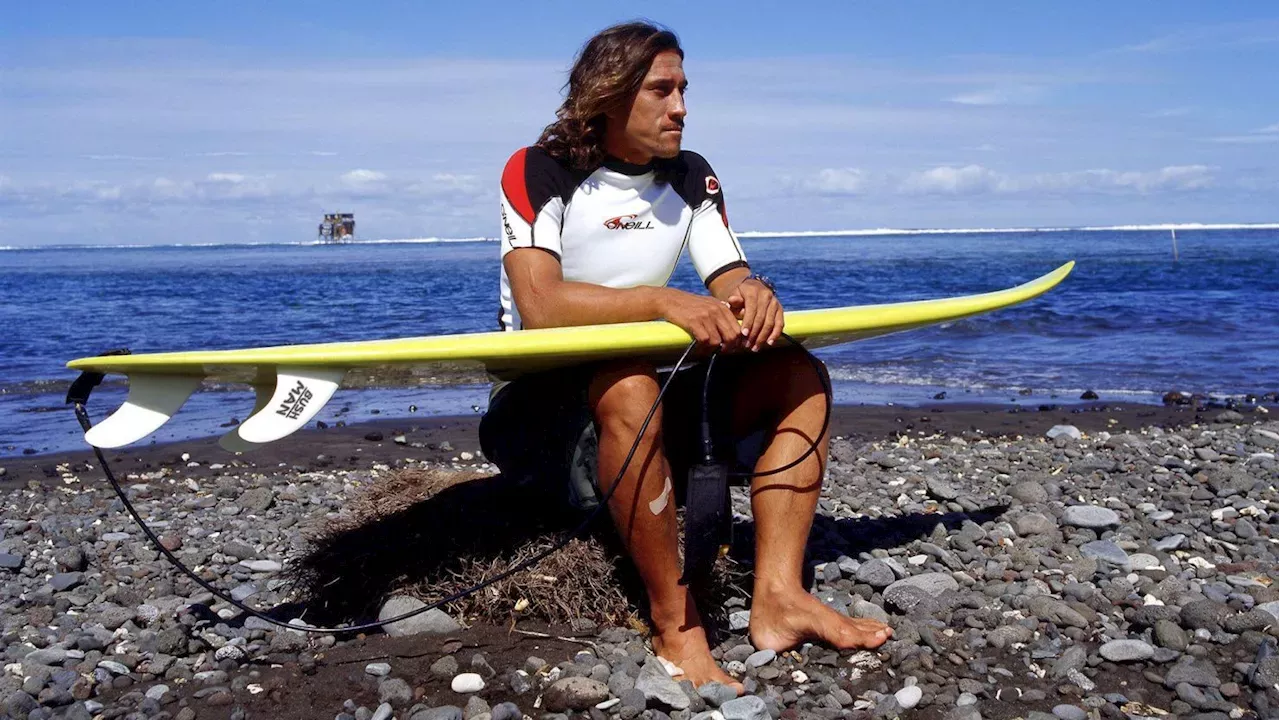Tamayo Shark Attack Background

The Tamayo shark attack was a fatal incident that occurred on June 22, 1992, in the waters off Tamayo, Sinaloa, Mexico. The victim, 28-year-old American tourist Richard Fournier, was swimming approximately 100 meters from shore when he was attacked by a shark. The shark, later identified as a great white shark, bit Fournier on the leg, causing severe injuries that resulted in his death.
The waters off Tamayo are home to a deadly predator: the shark. In 2023, a swimmer was attacked and killed by a shark off the coast of Panama City Beach. Drowning in Panama City Beach is a real danger, and it’s important to be aware of the risks before swimming in the ocean.
The Tamayo shark attack is a reminder that the ocean is a wild place, and we must always be respectful of its power.
Circumstances Leading Up to the Attack
Fournier was swimming with his wife and friends when the attack occurred. The group had been swimming in the area for about an hour when Fournier was suddenly attacked. There were no other swimmers in the immediate vicinity at the time of the attack.
Species of Shark Responsible
The shark that attacked Fournier was later identified as a great white shark (Carcharodon carcharias). Great white sharks are one of the largest and most powerful predatory fish in the world. They are known to attack humans, although such attacks are relatively rare.
Impact and Aftermath

The immediate aftermath of the attack was chaotic and traumatic. The victim, a young woman named Sari, was rushed to the nearest hospital with severe injuries to her leg. Authorities, including the police and coast guard, responded swiftly to the scene and launched a search for the shark. The attack sent shockwaves through the local community and raised concerns about the safety of swimming in the area.
Physical and Emotional Impact
Sari’s injuries were extensive, requiring multiple surgeries to repair the damage to her leg. The attack left her with permanent physical disabilities, including reduced mobility and chronic pain. The emotional trauma of the attack was equally devastating. Sari experienced nightmares, flashbacks, and anxiety, which hindered her ability to return to her normal life.
Impact on Family and Community
The attack not only impacted Sari but also her family and the wider community. Sari’s parents struggled to cope with the emotional and financial burden of her injuries. The local community was shaken by the incident and expressed concerns about the safety of their beaches. The attack also had a negative impact on the tourism industry, as visitors became hesitant to swim in the area.
Shark Behavior and Safety Measures: Tamayo Shark Attack

Sharks are fascinating creatures that play a vital role in marine ecosystems. However, they can also pose a risk to humans, particularly in areas where their habitats overlap with human activities such as swimming, surfing, and boating. Understanding shark behavior and taking appropriate safety measures can help prevent attacks and ensure a harmonious coexistence between humans and sharks.
The shark species involved in the Tamayo attack was the tiger shark (Galeocerdo cuvier), known for its aggressive nature and opportunistic feeding habits. Tiger sharks are apex predators that typically hunt fish, sea turtles, and marine mammals. However, they have also been known to attack humans, especially when they mistake them for their usual prey.
Factors Contributing to the Attack
Several factors may have contributed to the shark attack in Tamayo. One possibility is that the victim was swimming in an area frequented by tiger sharks. Tiger sharks are known to inhabit coastal waters, particularly near coral reefs, where they find abundant food sources. Another factor could be the victim’s behavior. Tiger sharks are attracted to splashing and movement in the water, which may have triggered the attack.
Environmental conditions can also play a role in shark attacks. Turbid water, for example, can reduce visibility and make it difficult for sharks to distinguish between prey and humans. Additionally, certain weather conditions, such as storms or heavy rainfall, can disrupt shark behavior and make them more likely to attack.
Safety Measures for Preventing Shark Attacks, Tamayo shark attack
While shark attacks are relatively rare, taking precautions can help reduce the risk even further. Swimmers, surfers, and boaters should be aware of the presence of sharks in the area and take appropriate measures to minimize the chances of an encounter.
- Swim in designated areas: Many beaches have designated swimming areas that are patrolled by lifeguards and monitored for shark activity.
- Avoid swimming at dawn and dusk: Sharks are most active during these times.
- Avoid swimming in murky water: Sharks can mistake movement in murky water for prey.
- Do not wear shiny jewelry or clothing: Shiny objects can attract sharks.
- Stay in groups: Sharks are less likely to attack groups of people.
- Do not feed sharks: Feeding sharks can make them associate humans with food and increase the risk of attacks.
- Be aware of your surroundings: Pay attention to any unusual activity in the water, such as splashing or circling.
- If you see a shark, stay calm: Do not panic or make sudden movements. Slowly swim away from the shark and alert others.
By following these safety measures, swimmers, surfers, and boaters can help reduce the risk of shark attacks and enjoy the ocean safely.
The Tamayo shark attack was a tragedy that left a lasting scar on the community. However, the ocean’s dangers are not limited to this one incident. Just last year, a drowning occurred at Panama City Beach , reminding us that the sea’s beauty can conceal deadly threats.
And yet, despite these risks, people continue to venture into the water, drawn by its allure and the promise of adventure. The Tamayo shark attack serves as a sobering reminder of the dangers that lurk beneath the waves, but it also highlights the resilience of the human spirit.
The Tamayo shark attack was a gruesome reminder of the dangers lurking in the depths. The victim, a young woman, was swimming off the coast of Panama City Beach when she was attacked. The incident sent shockwaves through the community, as it was the first fatal shark attack in the area in decades.
In the wake of the tragedy, authorities have been investigating the incident, and have urged swimmers to be cautious when entering the water. The missing people of Panama City Beach have also been on the minds of the community, as their loved ones continue to search for answers.
The Tamayo shark attack serves as a harsh reminder of the fragility of life, and the importance of cherishing every moment.
The Tamayo shark attack left an indelible mark on the beachgoers’ consciousness, a grim reminder of the ocean’s hidden dangers. Yet, amidst the tragic events, stories of heroism emerged, as rescuers risked their lives to save others. One such incident occurred at Panama City Beach , where a group of lifeguards fearlessly confronted a rip current, rescuing multiple swimmers from the treacherous waters.
Their bravery echoed the indomitable spirit that had prevailed in the aftermath of the Tamayo attack, proving that even in the face of adversity, hope and compassion could triumph.
The Tamayo shark attack left a chilling reminder of the dangers lurking beneath the waves. Yet, on the distant shores of Panama City Beach, the flag fluttered cheerfully today, signaling calm waters and inviting respite. As the sun dipped below the horizon, casting an eerie glow over the ocean, the memory of the attack lingered in the minds of beachgoers, a reminder that the sea’s allure can come at a price.